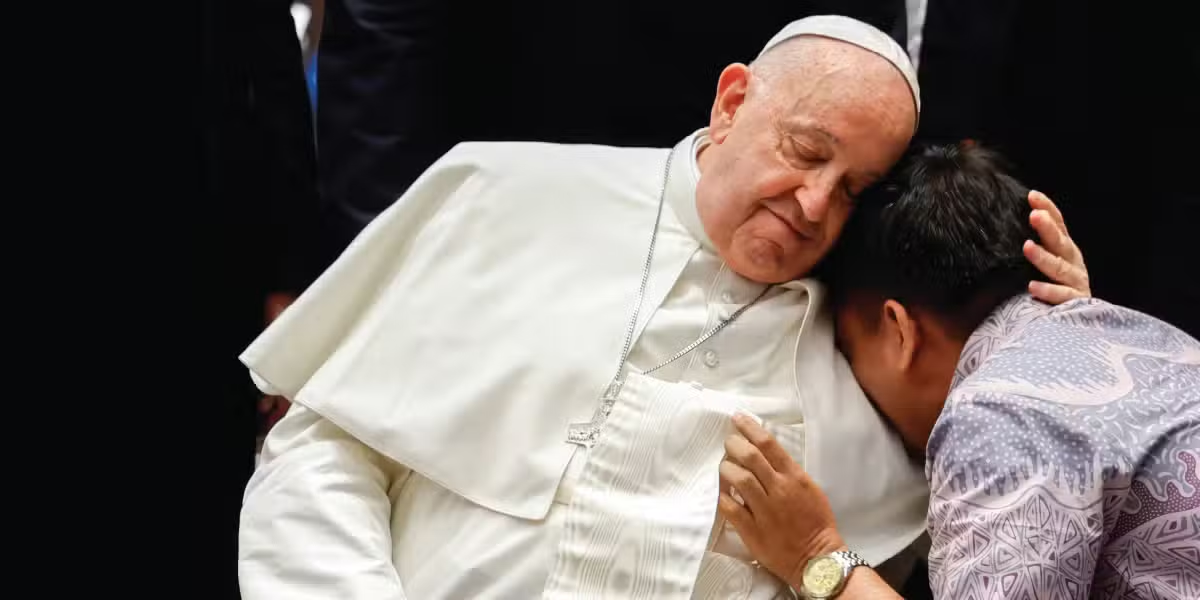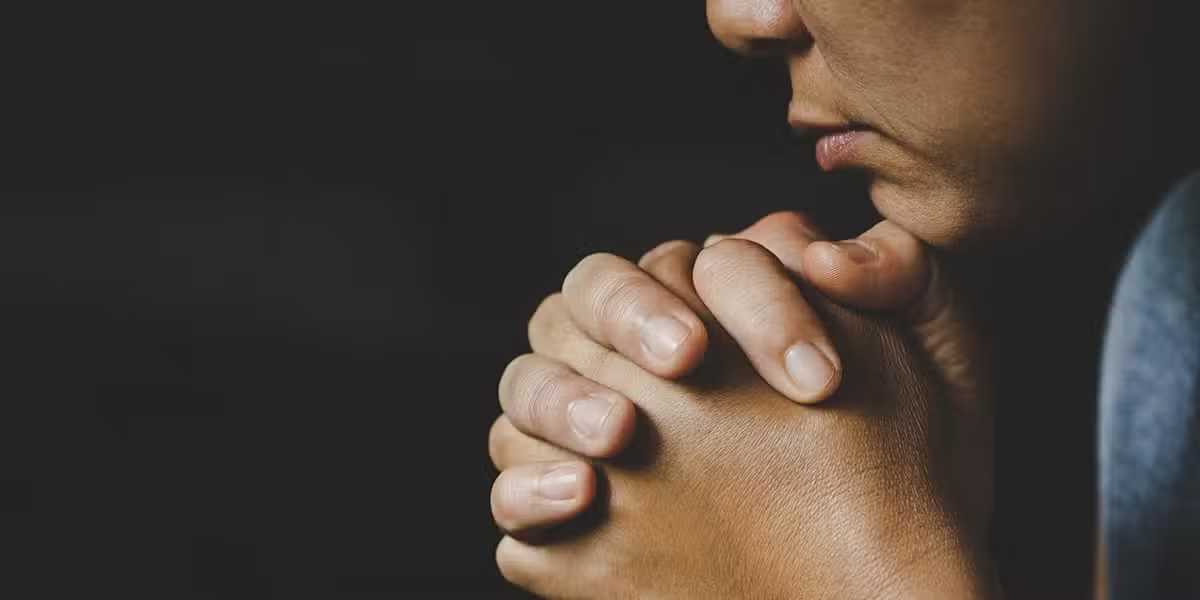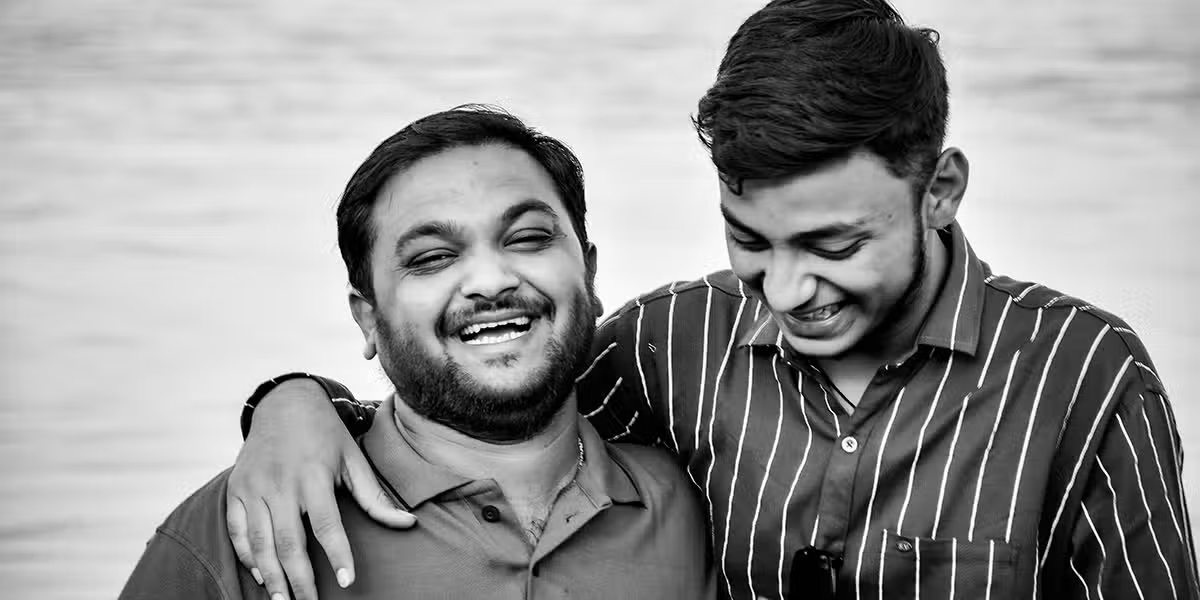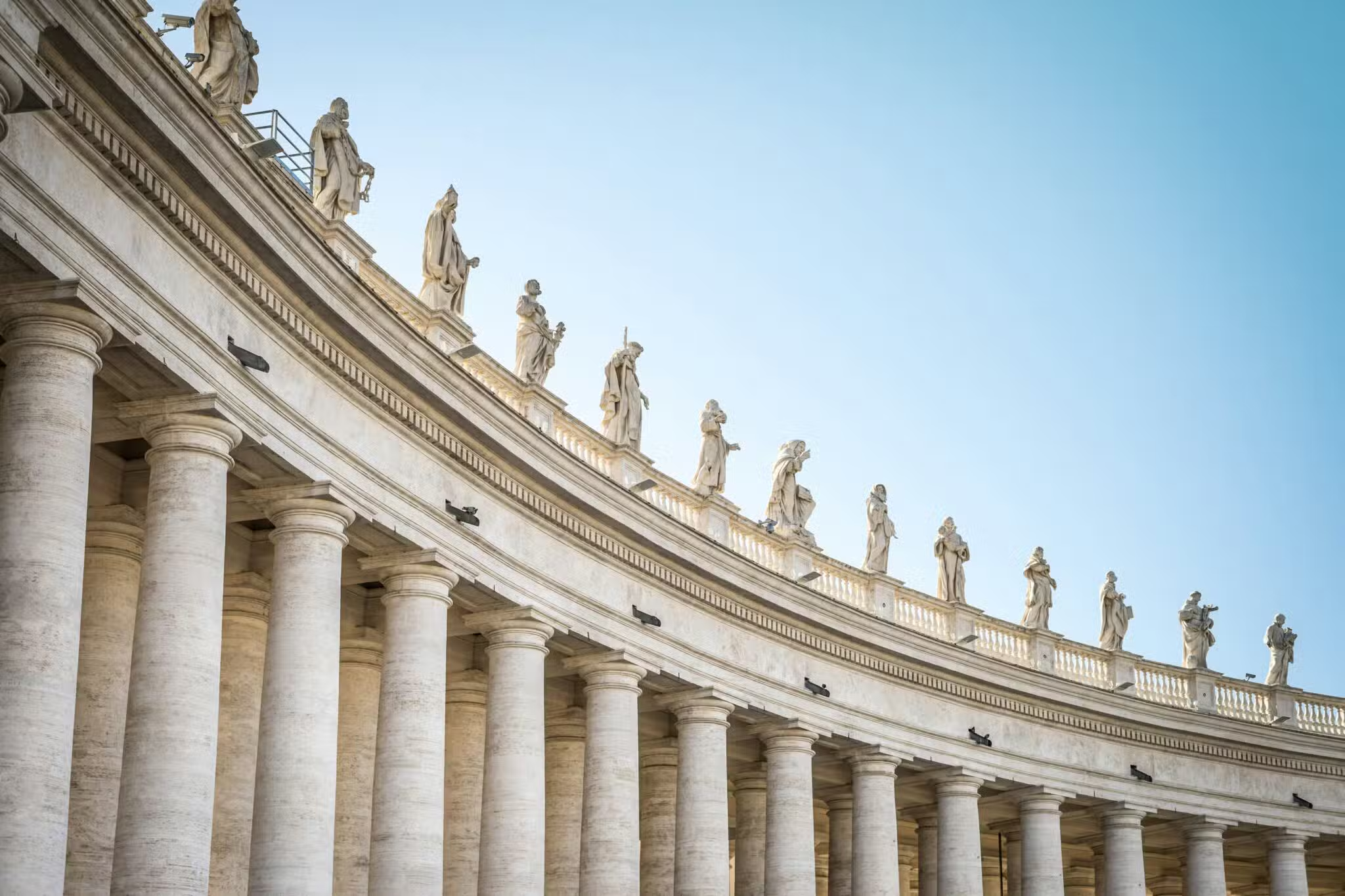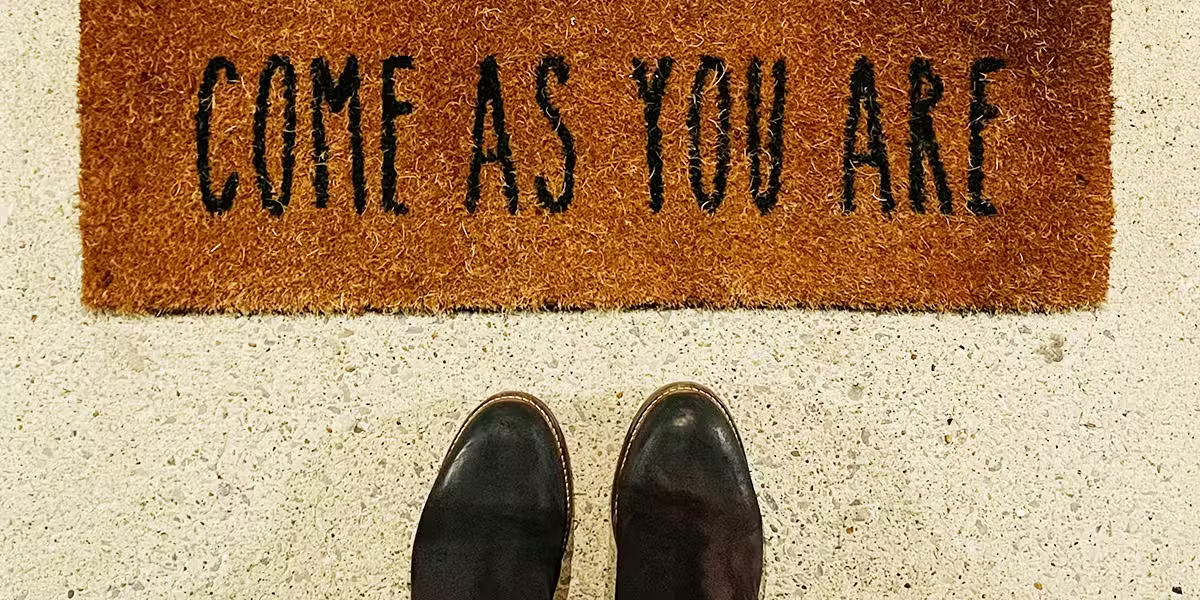During and after his election as pope in March 2013, he was a man of many firsts.
The election of Cardinal Jorge Mario Bergolio of Buenos Aires, Argentina, made him a man of multiple firsts: a pope from South America, ordained a priest after the end of Vatican II, a Jesuit, and someone who had never studied in Rome or worked there full-time. Having once worked as a chemical technician and a bouncer, he also loved to dance the tango.
On February 11, 2013, the cardinals in Rome had gathered for a seemingly very ordinary event: the approval of three candidates for canonization. After Pope Benedict XVI finished that business, he shocked them and the whole world by announcing that, effective at the end of that month, he was resigning as pope after his eight-year ministry as bishop of Rome.
Before the conclave began, cardinals over and under the age of 80 gathered for a week of general congregations to assess the needs of the Church. Because there was no funeral to plan, there was much more time for sharing their concerns.
Cardinal Bergoglio, one of the last ones to speak, warned his brother cardinals about “spiritual worldliness” and “a self-referential Church,” one excessively focused on its rights and reluctant to engage people on the peripheries. The Church, he said, is like the moon—having no light of its own because it simply reflects the light coming from Christ.
During his first meeting with people in St. Peter’s Square, Pope Francis spoke in a very conversational tone, saying: “We take up the journey, bishop and people. This journey of the Church of Rome which presides in charity over all the Churches. A journey of fraternity, of love, of trust among use. Let us always pray for one another.” He shocked many people when, before giving his blessing, he first asked the people for a moment of silence to bless him. He later ended all his public talks with a request that those present pray for him.
Once at work, he promptly appointed eight cardinals from around the world to advise him on two matters: the reform of the Roman Curia and the governance of the universal Church. To Preach the Gospel, a 2022 apostolic constitution, addressed the first task; work on the second task continues.
Pope Francis visited Rome’s parishes, schools, hospitals, and prisons; traveled widely in Italy; and made 47 apostolic journeys outside Italy, many to countries with small Catholic populations. Pope Francis brought the peripheries into the center by appointing cardinals from almost 30 countries that never had a voter in a papal conclave.
Living Up to His Namesake
Three days after his election, Pope Francis told several thousand journalists that, after his election, Cardinal Claudio Humes, OFM, a longtime friend, leaned over and urged him not to forget the poor. Bergoglio’s bold decision to take the name Francis ensured he would always remember them. After describing St. Francis of Assisi as a man of poverty, a man of peace, and someone who wanted to protect creation, Pope Francis added, “How I would like a Church that is poor and for the poor.”

At the chrism Mass on March 28, 2013, he asked priests to be “shepherds with the smell of their sheep.” In late August that year, Father Antonio Spadaro, SJ, interviewed him for more than six hours on behalf of Jesuit publications around the world. After Pope Francis said, “I am a sinner,” he explained that he began considering a priestly vocation after making a life-changing confession at the age of 17. He also described the Church as a “field hospital” for wounded people.
On October 4, 2014, he visited Assisi and the old cathedral’s new Chapel of the Renunciation, recalling St. Francis’ returning his clothes to his father. Speaking to poor people, immigrants, and those seeking employment, Pope Francis gave a resounding no to the question: “Can we make Christianity a little more human without the cross, without Jesus, without renunciation?”
Travels, Meetings, Interviews, Phone Calls
His first major trip in Italy was to Lampedusa, an island off Sicily’s coast, where he denounced the “globalization of indifference” shown to refugees, many of whom had drowned while seeking freedom on that island. Among the 68 countries he visited, no recent pope had ever visited 37 of those countries, especially in Asia and Africa.
He also visited individuals and groups of survivors of clerical sexual abuse, appointing one of them, Juan Carlos Cruz, to the papal commission for the protection of children and vulnerable adults.
At the end of his 2015 address to a joint session of the US Congress, he said: “A nation can be considered great when it defends liberty as [Abraham] Lincoln did, when it fosters a culture which enables people to ‘dream’ of full rights for all their brothers and sisters as Martin Luther King sought to do; when it strives for justice and the cause of the oppressed, as Dorothy Day did by her tireless work, the fruit of a faith which becomes dialogue and sows peace in the contemplative style of Thomas Merton.”
Critics, Autobiography, Final Chapter
Pope Francis frequently denounced clericalism. Not all bishops’ conferences agreed with his 2018 decision to revise the Catechism of the Catholic Church by withdrawing its acceptance of the death penalty. Similarly, not all episcopal conferences agreed with his 2023 defense of civil unions for same-sex couples—without describing them as marriages.
In October 2023 and 2024, Pope Francis held monthlong meetings at the Vatican, including bishops and large numbers of laypeople and members of religious communities—all with votes. He gave new meaning to the terms collegiality and synodality, pointing out that these apply in various ways to all levels of the Church.
In 2024 he published Life (HarperCollins), the first autobiography written by a pope still in office. He died on April 21, 2025, at his Casa Santa Marta residence at the Vatican. Five days later, after a funeral at St. Peter’s, he was buried at the Basilica of St. Mary Major in Rome.
In the 2025 pre-conclave general congregations, cardinals again described the Church’s needs and, in general terms, the gifts of the next bishop of Rome, building on the legacy of Pope Francis.
Chronology
- Born (1936) in Buenos Aires, eldest of five children; his parents and grandparents had emigrated from Italy; enters the Society of Jesus (1958), ordained a priest (1969), served as Jesuit provincial in Argentina (1973–79).
- Served as rector of San Miguel Seminary (1980–86) before studies in Germany (1986), teaches in Buenos Aires (1986–90), worked as confessor and spiritual director in Cordoba, Argentina (1990–92).
- Named auxiliary bishop of Buenos Aires (1992), its coadjutor archbishop (1997), archbishop of Buenos Aires (1998), and cardinal (2001). In October 2001, he was appointed relator at a world synod of bishops when Cardinal Egan returned to New York City after 9/11
- Cardinal Bergoglio chaired the 2007 drafting committee for the Fifth General Council of CELAM (the Latin American bishops’ council).
- Elected pope on March 13, 2013; chose to live in the Vatican’s Casa Santa Marta instead of in the nearby apostolic palace; in an empty St. Peter’s Square, livestreamed a prayer service for the end of the COVID-19 pandemic (2020); began a five-week hospitalization for double pneumonia and other respiratory complications (February 14, 2025).
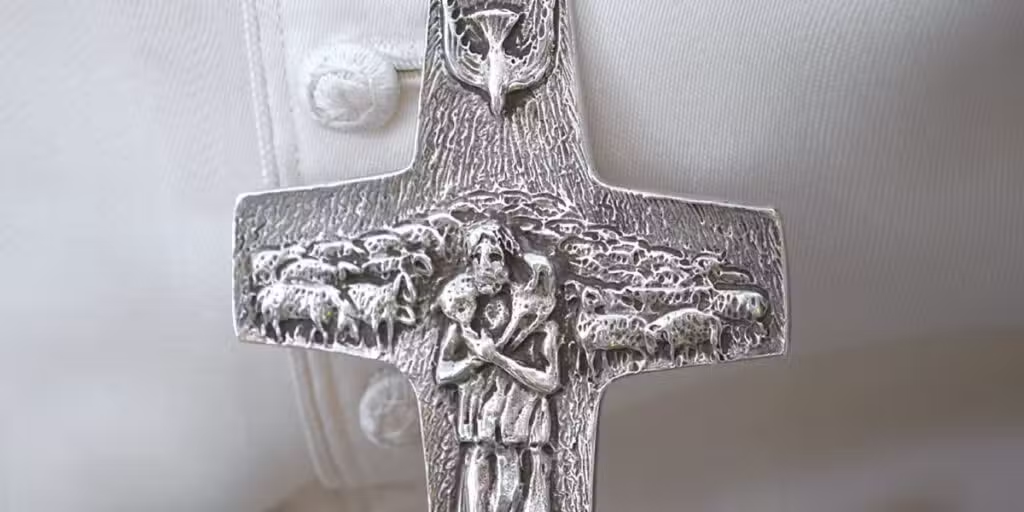
By the Numbers
- 68 countries and territories visited as pope
- 938 people canonized in Rome
- 1,541 people approved for local beatifications
- 4 encyclicals: Light of Faith (mostly by Pope Benedict XVI), 2013; Laudato Si’, (on climate change), 2015; Fratelli Tutti (on social friendship), 2020; He Loves Us (on the Sacred Heart of Jesus), 2024
- 7 apostolic exhortations
- 110 cardinals named
- 3 women appointed to head Vatican offices previously run by men
- 5 ordinary assemblies of the synods of bishops, including the family (2013–14) and synodality (2023–24)
- 2 declarations signed with Muslim leaders (one on caring for our common home and the other on respecting all human cultures)


